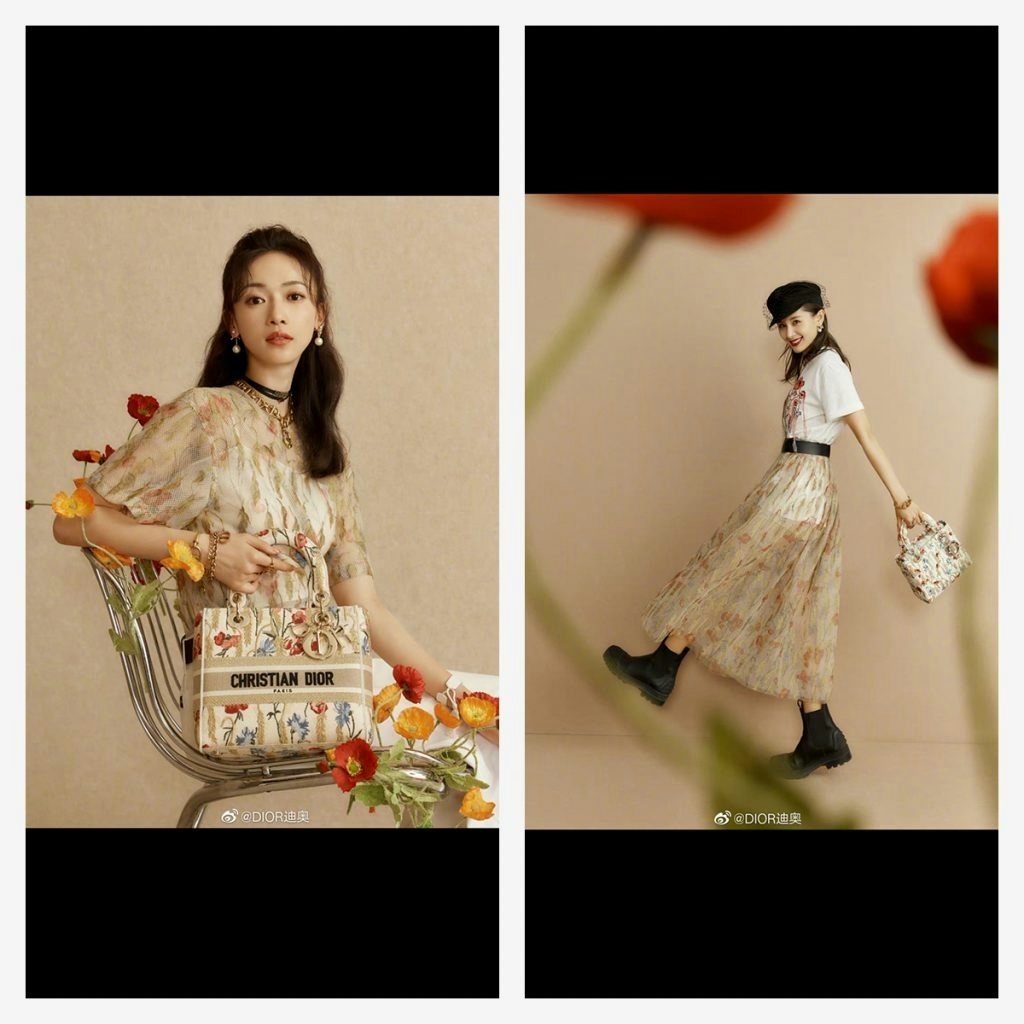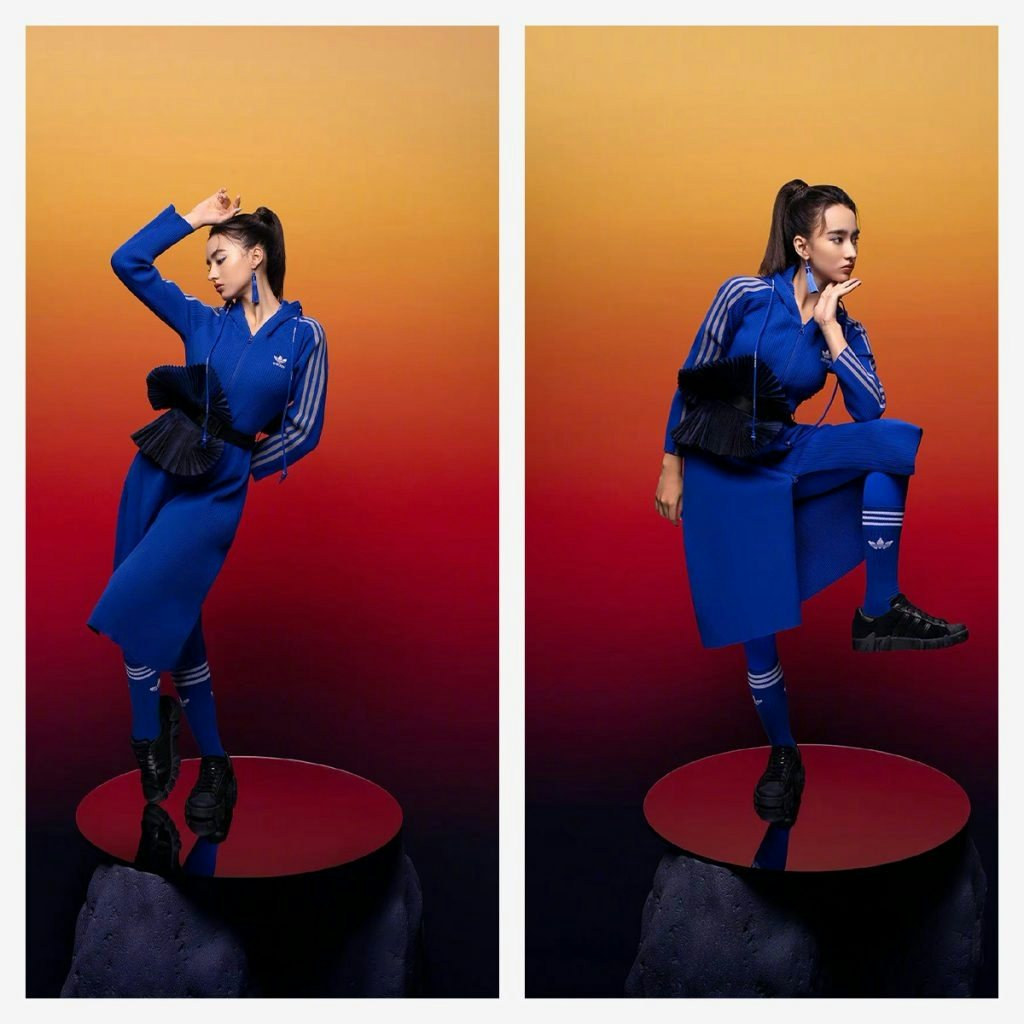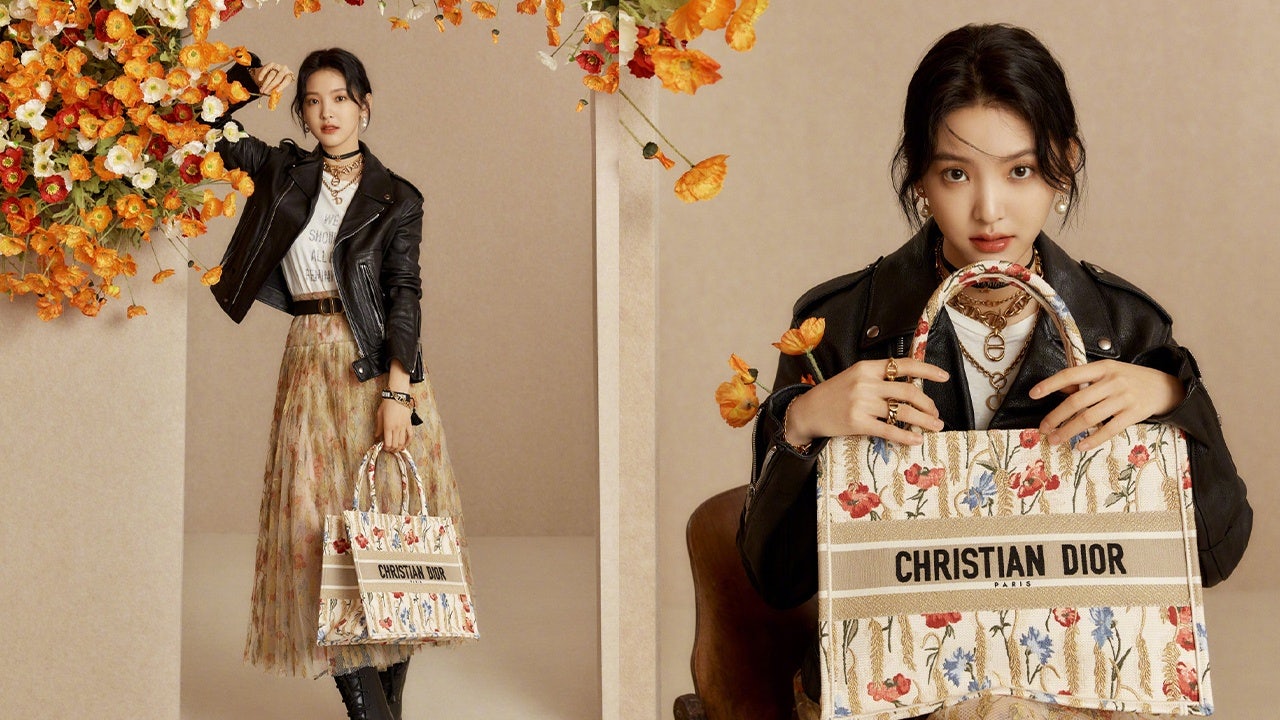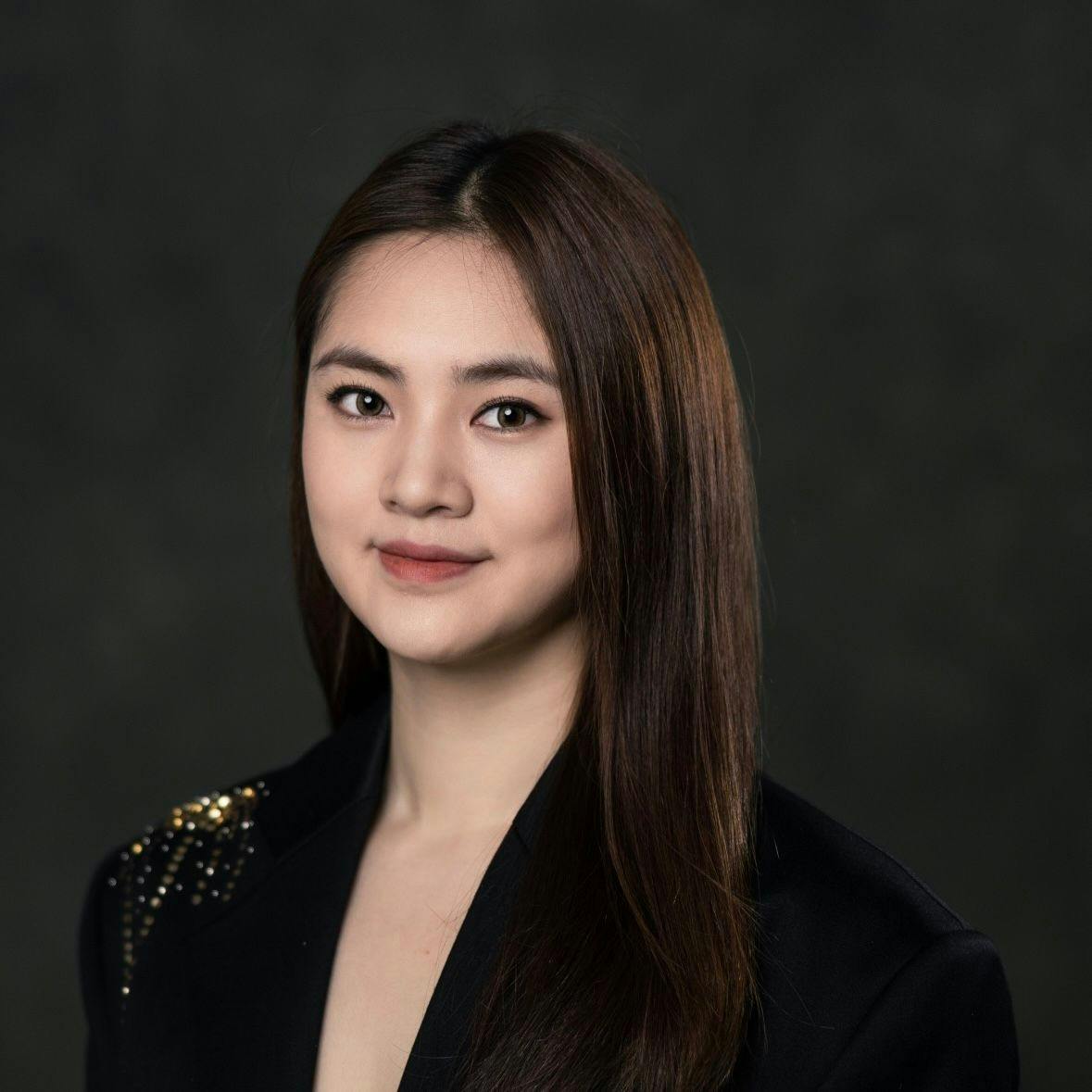The Social Edition is our weekly series which deep dives into luxury initiatives in China’s social media landscape. Every week, we highlight brand campaigns distributed on Chinese digital platforms — WeChat, Weibo, Tmall, Douyin, and beyond.
Our coverage spotlights global luxury brands, global beauty brands, and local Chinese brands. The latter gives insight into some of China’s most successful campaigns, which often come from local players, and are outside of the beauty and fashion space.
In this week’s roundup, we look at three campaigns: from Dior’s Chinese New Year campaign to Adidas and Chinese designer Angel Chen's collaboration.
Dior Reapproached Oriental Aesthetic To Celebrate Chinese New Year#

BRAND#
Dior
CATEGORY
Luxury
PLATFORMS
Weibo, WeChat, Little Red Book
MEDIUM#
Imagery, Mini Program
FEATURED TALENTS#
Zhao Liying (88M Weibo Followers) | Wang Ziwen (20M) | Wu Jinyan (14M) | Yang Caiyu (4M) | Zhang Ruonan (8M)
OVERVIEW#
On January 4, Dior launched their Chinese New Year 2021 limited edition collection on WeChat, Weibo, and Little Red Book. Drawing inspiration from the hibiscus flower known as the “Chinese Rose,” the series features the classic DIOR HIBISCUS pattern with added oriental aesthetics and Lunar New Year atmospheric touches. The products include the brand’s signature embroidered canvas BOOK TOTE handbags, beaded Lady Dior and Lady D-lite handbags, red bracelets, T-shirts, and tulle dresses, which are exclusively available in China.
NETIZEN REACTION#
The campaign, from celebrity endorsements to product designs, has been well-received by Chinese netizens. The campaign posts featuring celebrities styling the collection have garnered 19,000 comments on Weibo and 143,000 views on WeChat within two days. Netizens commented that Dior appropriately incorporated Chinese cultural symbols with the brand’s feminine and romantic image.
VERDICT#
Luxury houses have been rolling out their Chinese New Year campaigns as the 2021 Spring Festival approaches. Among various limited launches, zodiac symbols have topped design elements used by many fashion and beauty labels, while brands such as Burberry have focused on featuring the Year of the Ox. In 2020, the Year of the Rat, Louis Vuitton and Gucci also debuted designs inspired by rats. However, given that foreign designers’ understanding of traditional Chinese culture is often limited, some zodiac designs can appear forced, inappropriate, and at times controversial. Thus, brands like Dior that have looked beyond Chinese zodiac patterns with their Chinese New Year series have stood out by leveraging dynamic indigenous elements instead.
Homegrown Lifestyle Brand Bananain Launches Its First Offline Shop#

BRAND#
Bananain
CATEGORY
Lifestyle
PLATFORMS
Weibo, WeChat, Little Red Book, Douyin
MEDIUM#
Imagery
OVERVIEW#
The homegrown DTC lifestyle brand Bananain launched its first brick-and-mortar store named “000” in Shenzhen Yifang Center on December 31. The brand will expand its physical presence in first-tier cities such as Beijing, Shanghai, Guangzhou, and Chengdu. The interior design of the store features a futuristic vibe with a fluid space layout and stainless steel decorations, expressing the brand’s slogan “Live in Future.” Defining itself as a technology company, Bananain looks to challenge traditional physical retail and impress consumers with a seamless shopping experience. To encourage visitors to share their experience on Weibo and WeChat, the campaign gave out complimentary gifts for lottery winners.
NETIZEN REACTION#
The campaign hashtag #BananainFirstExperientialShop000 has received 94,000 views on Weibo, with only single-digit users sharing their visiting experience. However, the campaign post on WeChat has garnered over 14,300 views and 120 likes, indicating high engagement on the platform. The post invited the brand’s WeChat subscribers to come up with potential names for their upcoming offline stores, which drove active responses.
VERDICT#
The moderate social engagement success of Bananain’s store launch campaign demonstrates the difficulty of driving online traffic without celebrity and KOL endorsements in China. However, the campaign’s positive reception on WeChat shows that the brand scores well with its private traffic of loyal customers. Nevertheless, expanding brand awareness is still crucial for DTC brands. In Bananain’s case, the question remains on how to align their online and offline strategies to reach a wider demographic.
Adidas Originals Launched Collab With Chinese Designer Angel Chen#

BRAND#
Adidas Originals, ANGEL CHEN
CATEGORY
Fashion
PLATFORMS
Weibo, WeChat, Little Red Book
MEDIUM#
Imagery, Short-video
FEATURED TALENTS#
Vanda Li (545K Weibo Followers)
OVERVIEW#
Adidas Originals has once again collaborated with Chinese designer Angel Chen. Featuring bold colors including red, blue, pink, and black, as well as classical Chinese cultural motifs like goldfish and peony, the collection incorporates sportswear with traditional Chinese aesthetics. The new co-branded series, which launches on January 8, is the second partnership between the two brands, coming on the heels of their first collaboration which launched last May.
NETIZEN REACTION#
The reception of the collection was mixed: some netizens adored the crossover between modern sportswear and traditional Chinese custom elements; others were against it. Overall, comments on this collaboration were more positive than the first one, which had triggered controversy due to its use of tropes often associated with Asia, such as Kung Fu and calligraphy.
VERDICT#
Netizens questioned the campaign with comments like: “Do you seriously deal with China’s market, Adidas?” On the one hand, some Chinese designers favor a Western gaze, having received their education and professional training abroad and targeted Western consumers before shifting to China’s domestic market. On the other hand, campaigns leaning on traditional cultural symbols risk a backlash from netizens. Given this, looking to contemporary social-cultural surroundings will not only help brands avoid cultural appropriation, but also elevate their relevancy among today’s young consumers.

